CNC machining services forUSA
Get robust and reliable components quickly
Our CNC machining services, in USA , makes precision parts for your demand.

Welcome to DongGuan ChengYang, a leading provider of CNC machining services for Alabama. With our state-of-the-art equipment and highly skilled machinists, we are dedicated to delivering top-notch precision parts for various industries in Alabama.
Our team at DongGuan ChengYang specializes in providing custom CNC machining services tailored to meet the unique needs of our Alabama-based customers. Whether you require rapid prototyping, low-volume production, or high-volume manufacturing, our team is committed to delivering exceptional results with quick turnaround times.
At DongGuan ChengYang, we understand the importance of quality and precision in CNC machining. That is why we strive to meet and exceed the expectations of our Alabama clients by ensuring every project is completed with the utmost accuracy and attention to detail. Trust DongGuan ChengYang for all your CNC machining needs in Alabama.
CNC Machining services
Dongguan Chengyang utilizes a full suite of CNC milling equipment—including 3-axis, 4-axis, and 5-axis CNC milling machines, provides us to efficiently machining parts ranging from fundamental to complex.
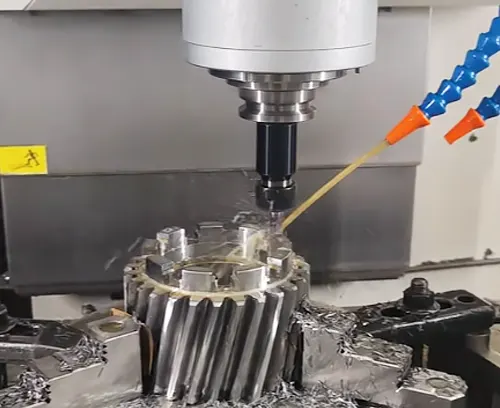
CNC Milling
Utilizing both CNC technologies for versatile production, ensuring top-quality components are delivered with speed and accuracy.
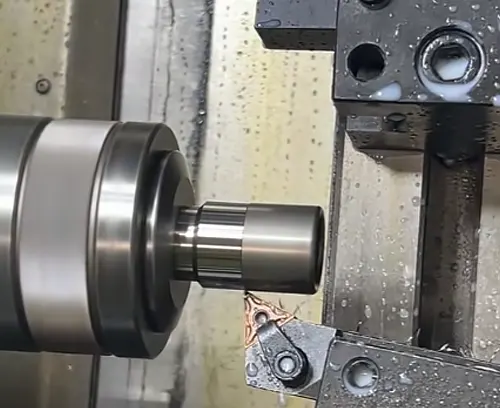
CNC Turnning
CY's CNC lathes, turning centers, and mill-turn equipment enable us withefficiency to construct a broad range of parts for every consumer.
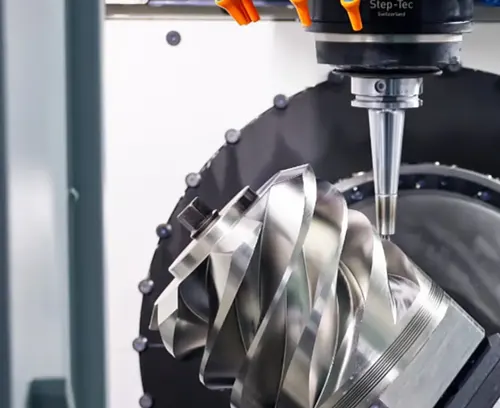
5 Axis CNC Milling
Provide 5-axis machining solutions for complicated and exacting parts. Featuring speed machining, it's perfect for complex designs.

Precision Machining
Ensure precision-driven fabrication by streamlining diverse operations to optimize output, reliability, and quicken production cycles, assuring efficient, top-level manufacturing performance.
Capabilities
Maximum Dimensions
2000mm x 1500mm x 800mm or 78.7 x 59 x 31.5 inches.
Maximum Dimensions
2000mm x 1500mm x 800mm or 78.7 x 59 x 31.5 inches.
Support Threading
Prefer Metric Threads, Also Support UNC and UNF threads.
Wall Thickness
Generally, a workable minimum wall thickness is 0.5mm for metals and 1.0mm for plastics.
Material Available
Metals: Aluminum, Copper, Brass, Bronze, Stainless Steel, Carbon Steel, Steel Alloy, Titanium, and plastic, etc .
Tolerances
Dimension: Depends on the size and material, generally +/- 0.01mm or 0.0004 inches
Common CNC DFM
Designs created with DFM in mind reduce waste, cost, and production time.

Sharp Corner

Undercut

Undercut

Thick Walls

Tolerance Guide

Small Hole

Narrow Area
Metal Materials
We offer instant quotes for over 100 metals and help compare processing material costs.Receive instant quotes for more than 100 metal materials and evaluate processing expenses.
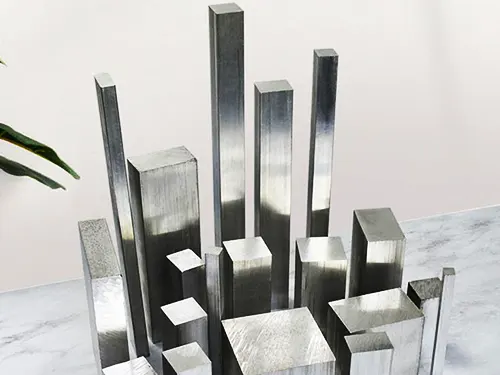
Aluminum
Aluminum is a widely used material in CNC machining due to its lightweight, durability, and excellent machinability. It is a versatile metal that can be easily molded into various shapes and sizes, making it ideal for various industries such as aerospace, automotive, and electronics. Some common types of aluminum alloys used in CNC machining include 6061, known for its high strength and corrosion resistance; 7075, which boasts superior strength-to-weight ratio; and 5052, popular for its formability and weldability. These aluminum alloys offer different properties and characteristics, allowing manufacturers to choose the most suitable material for their specific machining needs. Overall, aluminum is a highly preferred material in CNC machining due to its favorable properties and wide availability.
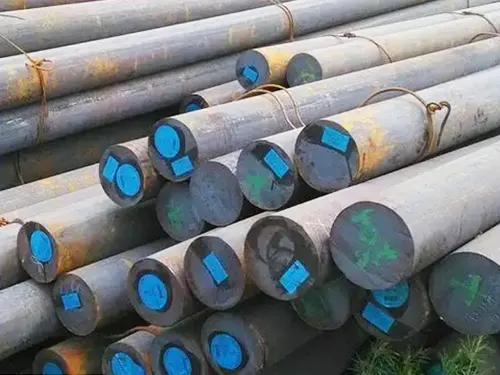
Carbon Steel
Carbon steel is a popular material used for CNC machining due to its high strength and durability. It is an alloy of iron and carbon, with small amounts of other elements added to enhance its properties. Common types of carbon steel used for CNC machining include low carbon steel (often referred to as mild steel), medium carbon steel, and high carbon steel. Low carbon steel is easily machined and welded, making it ideal for a wide range of applications. Medium carbon steel offers increased strength and hardness, while high carbon steel is known for its excellent wear resistance. Other types of carbon steel used for CNC machining include carbon tool steel and stainless steel, each offering specific advantages for different machining operations.
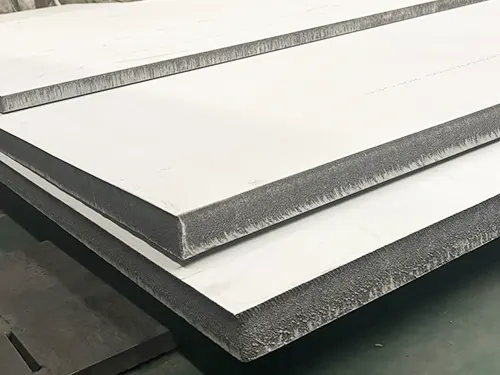
Stainless Steel
Stainless steel is a popular material used in CNC machining due to its durability, corrosion resistance, and aesthetic appeal. It is a metal alloy made from iron, chromium, nickel, and other elements, which gives it its unique properties. Some common types of stainless steel used in CNC machining include 304, 316, and 17-4 PH. 304 stainless steel is a widely used material for its high corrosion resistance and ease of fabrication. 316 stainless steel is known for its superior corrosion resistance, making it ideal for marine and harsh environments. 17-4 PH stainless steel offers high strength and hardness, making it suitable for applications requiring toughness and wear resistance. Overall, stainless steel is a versatile material in CNC machining that offers excellent performance and aesthetics.
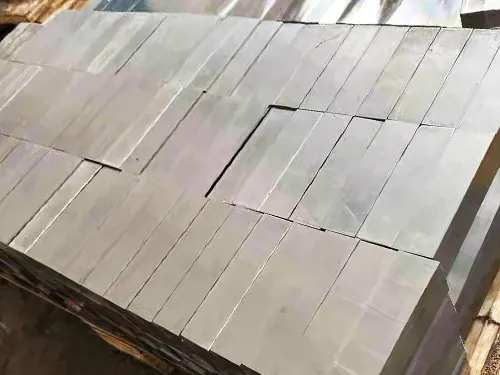
Tool Steel
Tool steel is a type of carbon and alloy steel that is specifically designed for the production of tools and dies for use in the manufacturing industry. It is known for its high hardness, wear resistance, and toughness, making it ideal for cnc machining operations that require precision cutting, shaping, and forming of materials. Some common types of tool steel used for cnc machining include H13, A2, D2, M2, and O1. H13 is widely used for hot work applications, while A2 is preferred for cold work applications. D2 offers high wear resistance, M2 is known for its high-speed cutting capabilities, and O1 is popular for its versatility and ease of machining. These tool steel materials are essential for producing high-quality components with tight tolerances in the cnc machining industry.
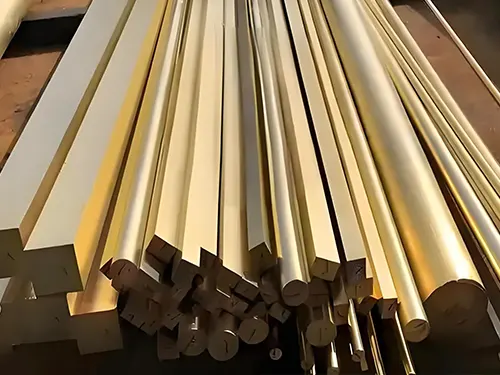
Brass
Brass is a popular material used in CNC machining due to its excellent machinability, corrosion resistance, and attractive aesthetic properties. It is an alloy of copper and zinc, typically containing around 60-90% copper. Common types of brass used in CNC machining include C360 brass, which is known for its high machinability and excellent corrosion resistance. Another commonly used brass is C464, which contains a higher percentage of zinc, resulting in improved strength and wear resistance. Free-cutting brass, such as C385, is well-suited for intricate machining processes due to its outstanding machinability. Overall, brass is a versatile material that offers a combination of properties that make it ideal for various CNC machining applications.
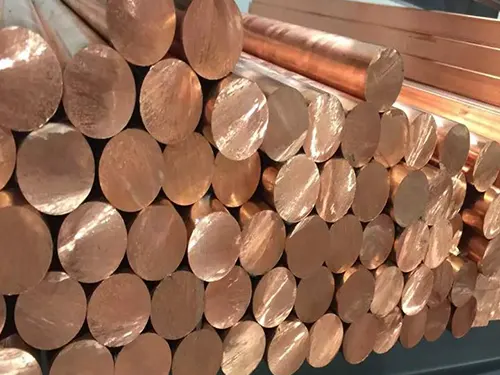
Copper
Cooper is a commonly used material in CNC machining due to its excellent machinability and conductivity properties. This material is often used in the manufacturing of electrical components, plumbing fixtures, and industrial machinery parts. Some common types of materials used in CNC machining include aluminum, stainless steel, brass, and various types of plastics. Aluminum is popular for its lightweight and corrosion-resistant properties, making it ideal for aerospace and automotive applications. Stainless steel is known for its strength and durability, making it suitable for applications requiring high wear resistance. Brass is often used for its aesthetic appeal and excellent machinability, making it a popular choice for decorative components. Finally, various types of plastics are used for their low cost, versatility, and ease of machining.

Titanium
Titanium is a popular material used in CNC machining due to its high strength, low weight, and excellent corrosion resistance. It is commonly used in aerospace and medical industries for its ability to withstand extreme temperatures and harsh environments. Some common types of materials that can be machined alongside Titanium include stainless steel, aluminum, brass, copper, and various plastics. Each of these materials presents unique challenges and considerations when being machined, and it is important for machinists to have the proper tools and expertise to work with each material effectively. By understanding the properties and requirements of different materials, CNC machinists can produce high-quality components for a wide range of applications.
Plastic Materials
We offer instant quotes for over 200 plastics and help compare processing material costs.
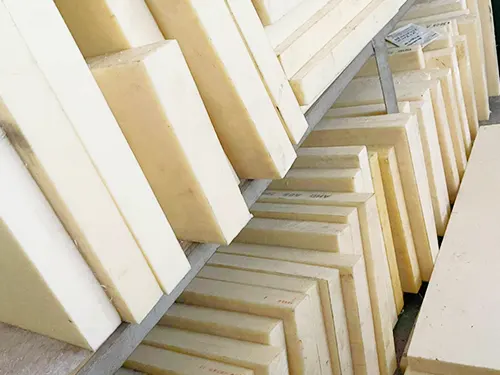
ABS
ABS, or Acrylonitrile Butadiene Styrene, is a commonly used thermoplastic material in CNC machining. It is known for its excellent impact resistance, toughness, and heat resistance, making it an ideal choice for creating durable prototypes and functional parts. One of the main advantages of ABS is its machinability – it can be easily milled, turned, drilled, and tapped with standard CNC machines. ABS also has good dimensional stability, meaning it retains its shape and size well over time. However, one of the disadvantages of ABS is its poor resistance to UV light, leading to potential yellowing or degradation when exposed to sunlight. Additionally, ABS has a tendency to warp during cooling, which can affect the accuracy of the final machined part.
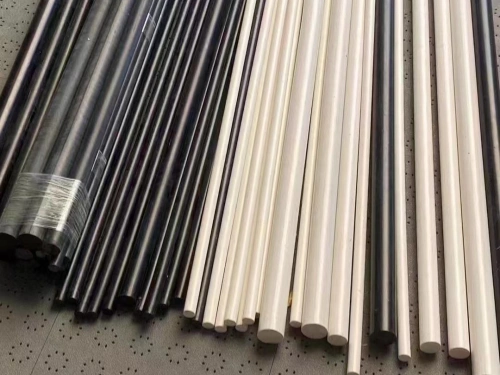
PMMA
PMMA, or polymethyl methacrylate, is a versatile thermoplastic material commonly used in CNC machining due to its excellent clarity, high impact resistance, and ease of machinability. Its advantages include dimensional stability, chemical resistance, and good weatherability, making it suitable for a wide range of applications such as prototypes, signage, medical devices, and automotive parts. However, PMMA can be prone to scratching, chipping, and cracking, especially when exposed to harsh chemicals or high temperatures. It also has a higher cost compared to other plastics like ABS or PVC. Despite its drawbacks, PMMA remains a popular choice in the manufacturing industry for its optical clarity, durability, and versatility in CNC machining processes.
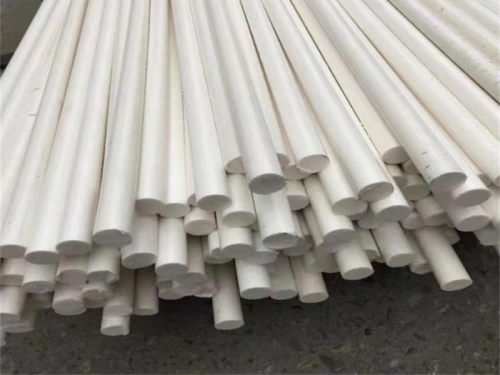
PE
PE stands for “Programmable Electronics” in the context of CNC machining. It refers to the electronic control system that operates and monitors the machinery used in Computer Numerical Control processes. One major advantage of using PE in CNC machining is its ability to automate and streamline the production process, resulting in higher efficiency and accuracy. Additionally, PE allows for easier adjustments and modifications to the manufacturing process, leading to increased flexibility in production. However, a disadvantage of relying on PE for CNC machining is the initial cost and potential maintenance expenses associated with implementing and maintaining the electronic systems. Overall, PE offers significant benefits in terms of productivity and precision, but it also comes with its own set of challenges and costs.
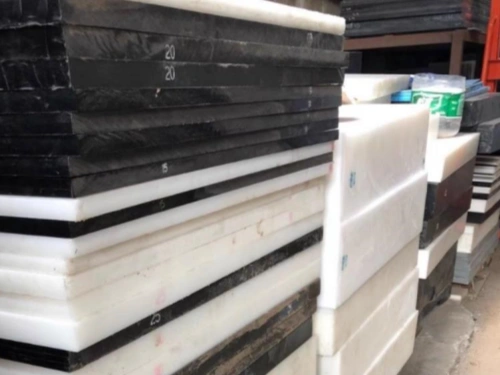
Nylon
Nylon is a popular material used in CNC machining for its versatility and durability. It is a synthetic thermoplastic polymer known for its high strength-to-weight ratio, making it ideal for various applications such as gears, bearings, and structural components. One of the main advantages of using Nylon in CNC machining is its resistance to abrasion and impact, ensuring long-lasting performance in demanding environments. Additionally, Nylon is easy to machine and can be molded into complex shapes with precision, making it a cost-effective choice for manufacturers. However, Nylon does have its drawbacks, including limited resistance to high temperatures and moisture absorption, which can affect dimensional stability. Overall, Nylon remains a versatile material for CNC machining, offering a unique combination of strength and flexibility for a wide range of industrial applications.
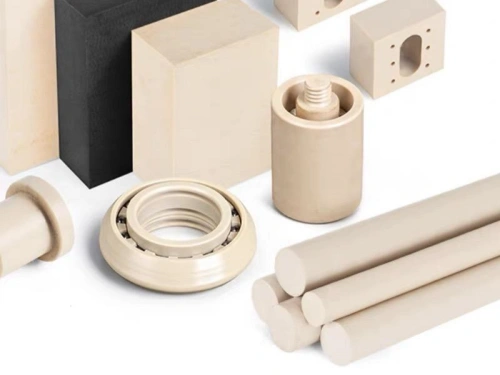
PEEK
PEEK, or polyetheretherketone, is a high-performance thermoplastic material commonly used in CNC machining. Its main advantage is its exceptional mechanical properties, including high heat resistance, excellent chemical resistance, and superior strength-to-weight ratio. PEEK is also biocompatible, making it ideal for medical and aerospace applications. However, PEEK can be challenging to machine due to its high melting point, which requires specialized equipment and tooling. Additionally, its high cost compared to other materials can be a disadvantage for some manufacturing applications. Overall, PEEK offers a unique combination of properties that make it a valuable material for CNC machining in industries where high-performance is critical.
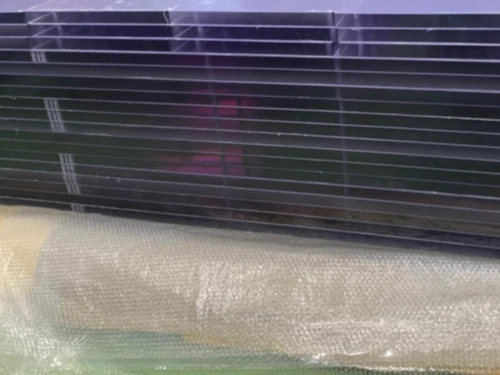
PC
PC, or Personal Computer, for CNC machining refers to the use of a computer to control machining operations in a manufacturing environment. The advantage of using a PC for CNC machining is that it allows for precise and complex designs to be easily programmed and executed. PC-based CNC systems are also generally more affordable and user-friendly compared to traditional CNC machines. However, a disadvantage of using a PC for CNC machining is that they can be more susceptible to crashes or malfunctions due to software issues or viruses. Additionally, PC-based systems may not be as durable or reliable as standalone CNC machines, especially in high-demand production settings. Overall, using a PC for CNC machining can be a cost-effective solution for small to medium-sized businesses looking to streamline their manufacturing processes.
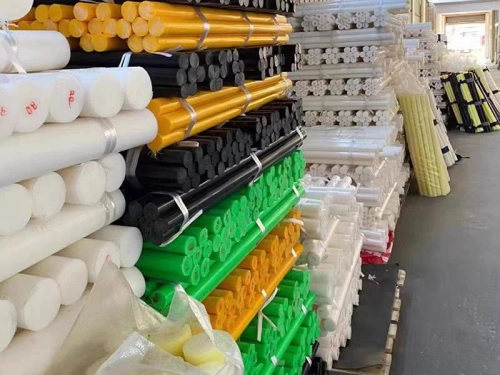
PP
PP, or Polypropylene, is a commonly used material in CNC machining due to its excellent chemical resistance, high strength-to-weight ratio, and ability to be easily molded into complex shapes. Its advantages include low cost, lightweight, and resistance to fatigue and impact, making it ideal for a wide range of applications. However, PP can be challenging to machine due to its tendency to melt and warp under high temperatures. It also has poor UV resistance and can degrade over time when exposed to sunlight. Despite these disadvantages, PP remains a popular choice for CNC machining because of its versatility and cost-effectiveness in producing parts with intricate designs.
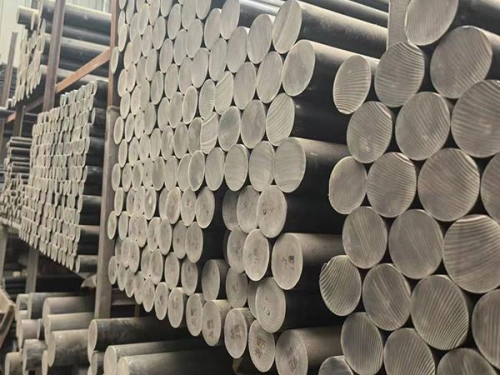
PET
PET (Polyethylene Terephthalate) is a common thermoplastic material used in CNC machining due to its excellent mechanical properties and chemical resistance. Its advantages include high strength, stiffness, and dimensional stability, making it suitable for producing complex and precise parts. Additionally, PET is lightweight and cost-effective compared to other engineering plastics, making it a popular choice for manufacturing industries. However, PET also has its disadvantages. It tends to wear out cutting tools faster due to its abrasiveness, which can increase machining costs. PET also has a tendency to warp under high temperatures, requiring careful monitoring and control during the CNC machining process. Despite these drawbacks, PET remains a versatile and widely used material in the CNC machining industry.
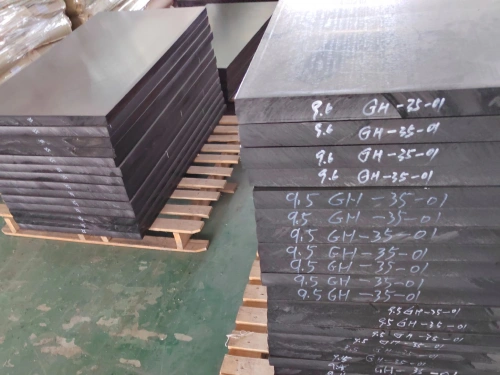
POM
POM, or Precision Optical Manufacturing, is a process used in CNC machining to achieve high precision and accuracy in the production of optical components. One of the main advantages of POM is its ability to achieve tight tolerances and smooth surface finishes, making it ideal for producing components for industries such as aerospace, defense, and medical. Additionally, POM allows for complex shapes and intricate designs to be accurately replicated. However, one of the disadvantages of POM is that it can be a more costly and time-consuming process compared to other machining methods. Additionally, the equipment required for POM can be expensive to purchase and maintain. Despite these drawbacks, the precision and quality achieved through POM make it a valuable tool in the manufacturing industry.
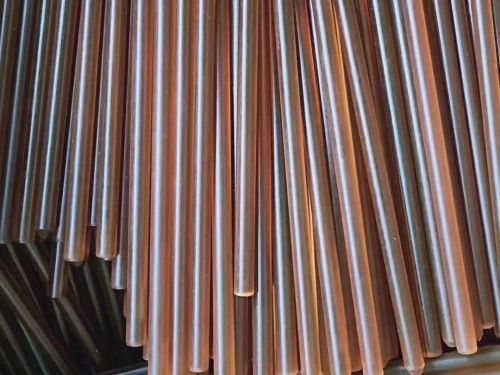
PVC
PVC, or polyvinyl chloride, is a commonly used material in CNC machining due to its versatility and cost-effectiveness. It is a thermoplastic polymer that is easy to machine, making it ideal for creating prototypes and production parts. One of the main advantages of PVC for CNC machining is its excellent chemical resistance, making it suitable for a wide range of applications. Additionally, PVC is lightweight and has good electrical insulation properties. However, there are some disadvantages to using PVC in CNC machining, such as its tendency to generate harmful fumes when overheated. It also has lower heat resistance compared to other materials, limiting its use in high-temperature applications. Overall, PVC is a great option for CNC machining projects that require a cost-effective and easily machinable material.
Surface Finishes
We bring expert knowledge and experience to every product surface we treat.
| Name | Description | Materials | Color | Texture | More |
|---|---|---|---|---|---|
| Brushing | Brushing is a vital aspect of oral hygiene that involves using a toothbrush to clean the teeth and gums. It helps to remove food particles, plaque, and bacteria, preventing cavities, gum disease, and bad breath. It should be done at least twice a day for optimal dental health. |
Aluminum, Brass, Stainless Steel, Steel, ABS,etc | N/A | Satin | |
| Sand Blast | Sandblasting is a method used to clean, smooth, or shape a surface by propelling abrasive materials at high velocity using compressed air. It is commonly used for removing rust, paint, or debris from various surfaces. |
All Metal Materials, Plastic | N/A | Matte | |
| Tumbling | Tumbling is a form of gymnastics that involves acrobatic movements such as flips, somersaults, and twists. It requires strength, flexibility, and coordination to perform these skills safely and effectively. |
All Materials | N/A | Smooth, Matte | |
| Polishing | Polishing is a process used to smooth and enhance the surface of an object, typically through the use of abrasives or chemicals. It aims to improve the appearance, shine, and overall quality of the material. |
All Materials | N/A | Smooth | |
| Anodizing | Anodizing is an electrochemical process that thickens and toughens the naturally occurring protective oxide layer on aluminum. This procedure enhances the corrosion resistance and wear resistance of the metal surface. |
Aluminum, Titanium | Clear, Yellow, Green, Blue, Black, etc |
Smooth, matte finish. | |
| Painting | Painting is a visual art form where pigment is applied to a surface using various tools. It allows artists to express themselves creatively through color, form, and composition, capturing emotions and stories. |
All Materials | Clear, Yellow, Green, Blue, Black, Multiple | Gloss, semi-gloss, flat, metallic, textured | |
| Black Oxide | Black oxide is a conversion coating used on ferrous materials to provide corrosion resistance, improve appearance, and enhance overall performance. It is created through a chemical reaction that forms a deep black finish. |
Steel, Stainless Steel | Black | Smooth, matte | |
| Electroplating | Electroplating is a process in which a metal coating is applied to an object through the use of electric current. This technique is commonly used to improve appearance, prevent corrosion, and enhance conductivity. |
Aluminum, Steel, Stainless Steel | Gold, Silver, Nickel, Copper, Brass, Zinc, Chrome | Smooth, glossy finish | |
| Powder Coating | Powder coating is a dry finishing process that uses finely ground particles of pigment and resin, which are electrostatically charged and sprayed onto a surface. It is then cured under heat, forming a durable and protective layer. |
Aluminum, Stainless Steel, Steel,etc | Custom | Gloss, matte or semi-gloss | |
| Alodine | Alodine, also known as chem film or chromate conversion coating, is a chemical treatment used on aluminum and other metals to provide corrosion resistance and improve paint adhesion. It is commonly used in aerospace and automotive industries. |
Aluminum, Stainess Steel | Clear, Gold | As machined | |
| Passivation | Passivation is a chemical process that is used to protect metals from corrosion. It involves the removal of free iron and other contaminating particles from the surface of the metal, creating a protective oxide layer. This process helps to improve the longevity and durability of metals in various industrial applications. |
Stainess Steel | N/A | Matte | |
| Electroless Plating | Electroless plating is a chemical method used to deposit a metal coating onto a substrate without the use of an electric current. This process is commonly used for adding corrosion resistance or enhancing the appearance of metal surfaces. |
Metal, Plastic | Gold, Silver, Nickel, Copper, Brass, Zinc, Chrome | Smooth, glossy finish |
Gallery Parts
CNC machining services Locations Near Alabama, USA
We’ve built a strong reputation on our expertise in product surface enhancement.
FAQ
Here, some of the most common questions about CNC machining services for Alabama, USA. ” free to contact us if you have any question.”
Introduction
When it comes to CNC machining services in Alabama, USA, there are often many questions that individuals and businesses may have. To provide clarity on this topic, we have compiled a list of frequently asked questions along with their answers. Whether you are new to CNC machining or looking to expand your knowledge, this article aims to address common queries related to CNC machining services in Alabama.
Q: What are CNC machining services?
A: CNC machining services involve the use of computer numerical control (CNC) machines to create custom-designed parts and components with high precision and accuracy.
Q: What industries can benefit from CNC machining services in Alabama?
A: Industries such as aerospace, automotive, medical, and manufacturing can benefit from CNC machining services in Alabama.
Q: How can I find a reliable CNC machining service provider in Alabama?
A: You can find a reliable CNC machining service provider in Alabama by researching online, asking for recommendations, and reviewing customer testimonials.
Q: What materials can be used in CNC machining services in Alabama?
A: Materials such as aluminum, steel, titanium, and plastics can be used in CNC machining services in Alabama.
Q: What is the typical turnaround time for CNC machining services in Alabama?
A: The turnaround time for CNC machining services in Alabama can vary depending on the complexity of the project, but it is usually within a few days to a few weeks.
Q: How much do CNC machining services cost in Alabama?
A: The cost of CNC machining services in Alabama depends on factors such as the complexity of the project, the materials used, and the quantity of parts produced.
Q: Can CNC machining services in Alabama accommodate custom design requirements?
A: Yes, CNC machining services in Alabama can accommodate custom design requirements to create unique parts and components.
Q: Are CNC machining services in Alabama environmentally friendly?
A: Yes, CNC machining services in Alabama are environmentally friendly as they produce minimal waste and can be recycled.
Q: What is the difference between CNC machining and 3D printing services in Alabama?
A: CNC machining services in Alabama use subtractive manufacturing processes, while 3D printing services use additive manufacturing processes to create parts and components.
Q: How can I request a quote for CNC machining services in Alabama?
A: You can request a quote for CNC machining services in Alabama by contacting a service provider directly, providing project specifications, and requesting a price estimate.
Conclusion
By addressing these frequently asked questions about CNC machining services in Alabama, we hope to provide a better understanding of this topic and assist individuals and businesses in making informed decisions when it comes to CNC machining services. Whether you are looking to prototype a new product or produce custom-designed parts, CNC machining services in Alabama offer a reliable and efficient solution for your manufacturing needs.
